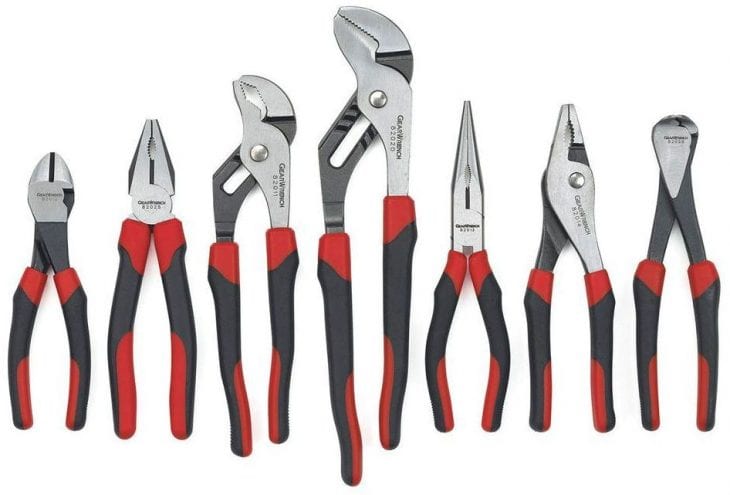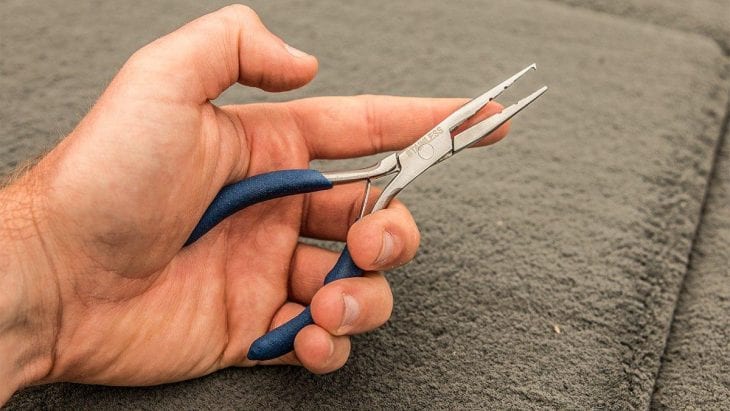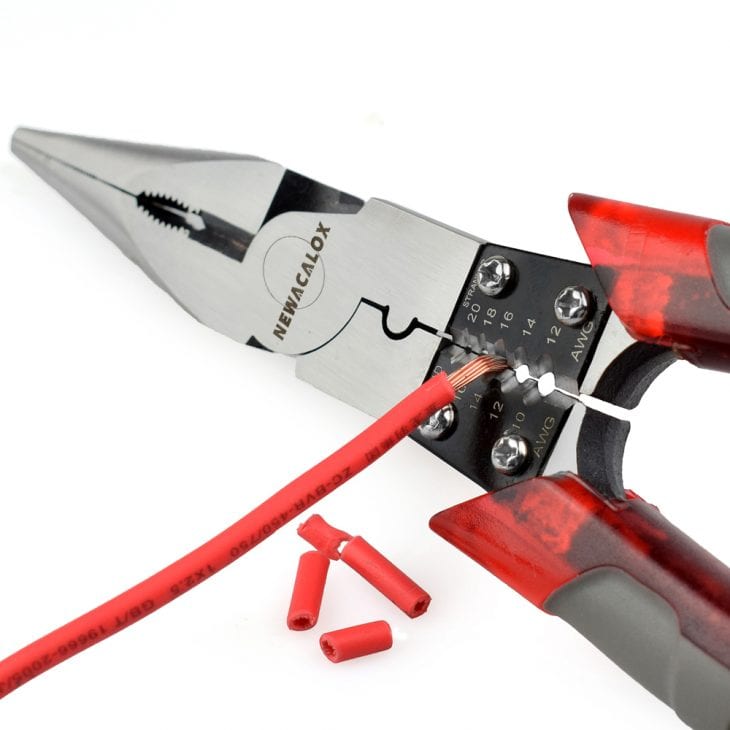If any tools can be used to fix it all in the world of hand tools category– “pliers” might be the right fit. From cutting, bending, gripping and many more, pliers come with the multi-purpose functionality since the medieval times and that hasn’t changed yet. Usually, you get by with all-purpose pliers while there are other varieties of tools that cater to particular tasks.
Choosing which pliers set is best for specific jobs will enhance working safety and efficiency?
If you are having a tough time thinking about which pliers are suitable for your project, we are here to inform you “what are pliers used for?”.
So, let’s get started.

Img source: homedepot.com
Gripping
One of the primary uses of pliers is gripping. From holding smaller objects for stabilization, tightening or loosening a bolt, or removing nails, pins and other fasteners– you can use this handy tool. The utility pliers are usually named as slip-joint; the design of this type has comparatively flat jaws with teeth for gripping small items. While the rounded cut out section is designed to hold rounded stocks for instance tubes, pipes, small bolts, and nuts, without crushing it.
Tongue and groove pliers are work in the same principal as utility pliers do. But the only difference is the design format as they have jaws for greater leverage, long arms, and angler, or offset. Their jaws can open more widely and they are highly adjustable for gripping large nuts and pipes. On the contrary, needle nose or long nose pliers can help you to grip small items that bit difficult to reach.
Compressing
The jaws design of any pliers is really versatile. With the gripping jaws design, pliers are used to compressing materials. They can be used to tightening a clamping collar to attach parts together or close the links to make jewelry.

Img source: wired2fish.com
Straightening, Twisting, or Bending
Once the material is held firmly with the gripping jaws it can be operated in various ways. A plier with a cross brace design will allow you to use high torque to twist or bend objects such as nails, wires, or sheets. No matter the type of pliers you choose largely depends on your specific work, all pliers come with the facilities at bending things. Generally, electricians are preferred to use linesman pliers for twisting wire and cable.
Pulling
Usually, to remove something, pliers provide a firm grip so that you can pull the object. Often they are used to exact things like thin nails or staples. Depending on their added features and specifications, pliers can be used to pull large things.

Img source: renaissancerobotics.com
Splicing Wires
Electricians use a large array of special pliers for splicing wires and cables. To do that, the linesman is a very common choice for any electrician’s. Using the wire cutting quality, you can cut through a short segment of cables to see the bare wire within.
Cutting
Some pliers are also designed to cut nails and wires. For cutting wires, commonly preferred pliers are side-cutting and diagonal-cutting. They’re designed for severing and clipping wires. Because of their structure of jaws, makes it less suitable for gripping large things like bolts.
